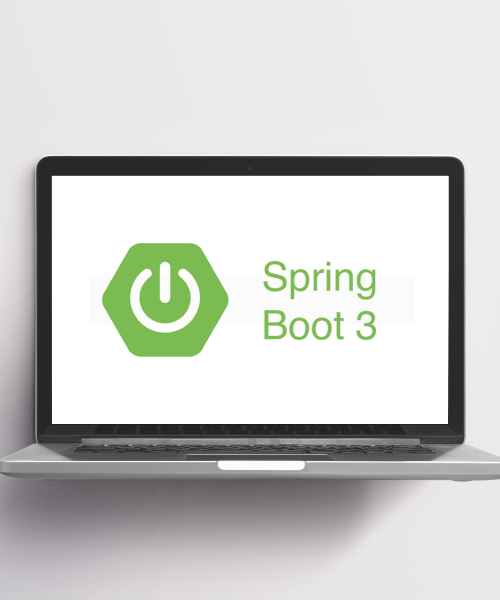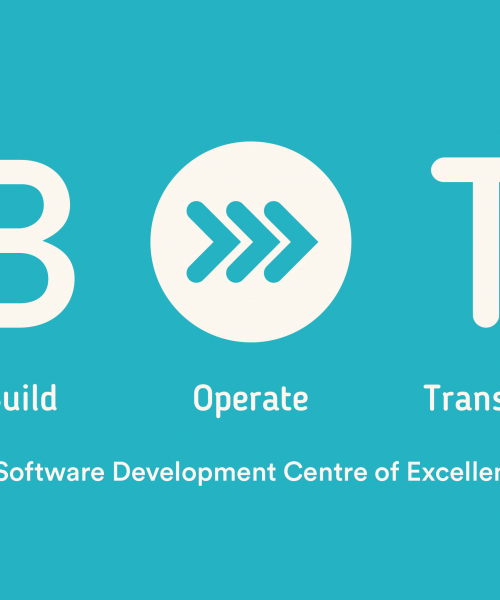All Information systems are seeking to strengthen themselves in the face of incidents, service disruptions, delays, and more or less serious breakdowns. In order to guard against these risks, systems are increasingly replicated, many tests are done and deployments are increasingly automated. In spite of this prevention, incidents and breakdowns still happen; even more frequent according to some experts…
This phenomenon is induced by the growing complexity of information systems, that is characterized by a multiplication and specialization of applications to cover ever-increasing needs in an era of digital transformation.
Far from being able to guarantee a world without hazards, it is becoming a major challenge to be able to detect incidents and resolve them as quickly as possible. At this stage, the implementation of a monitoring solution enables to identify and analyze problems and even to better understand the behavior of applications.
Most of the companies we meet are equipped with infrastructure monitoring tools (disk space, networks, CPU, memory, etc.) and are mature on this subject. On the other hand, apart from consulting log files, it is rare to find a monitoring of applications, those known as “home-made” (management application, web app, …).
The challenges of application monitoring
Application Enhancement
The monitoring solution through different metrics such as the response time of a treatment and the number of calls will provide a better understanding of the behavior and use of the application. From there, we will be able to improve and adapt the application to better respond to the actual use of the application, both on the physical resources and on the application code.
Unfortunately, coding errors or slowness are revealed in production. The monitoring solution will then be able to provide a set of crucial information that will allow developers to understand what happened, and thus avoid blind patches based on assumptions rather than proven facts.
Applications in production are normally subject to limited access for security reasons and are therefore very difficult for developers to access. The monitoring solution will open a window for them to see and understand how the application behaves in production.
Reduce loss of turnover and improve the image
When an incident occurs, such as a degradation of response time, error processing or service disruption, we easily understand that it will have a strong impact on users through slowdowns or even blockages and therefore lead to a loss of revenue.
Gartner analyst Andrew Lerner estimates that on average, the cost of a bug that makes the system inoperable (a so-called “blocking” bug) is 5,600 euros per minute of downtime. More interesting than the average value is the range provided by Andrew Lerner between 140,000 euros per hour of unavailability and up to 540,000 euros.
Identifying the problem is an unplanned and therefore disruptive time.
It takes on average 7 hours to identify a problem for a monitored IS. But there is no specification regarding the number of technical people involved… Without an adequate monitoring solution, the time spent can be catastrophic. Not only is the problem likely to persist for all that time and therefore have a major impact on the business, but also reduce the development capacity of the teams because developers and ops will be mobilized to solve the production problem. The monitoring solution will greatly accelerate the RCA (Root Cause Analysis) and ideally detect it before the incident.
For example, by monitoring the database connection pool, an alert will be sent if the database is saturated. Thus, production support can intervene before there is a major slowdown in processing or errors if saturation persists.
The time it takes to resolve an incident is often critical because it is expensive and has a major impact on the company’s image. It tarnishes the reputation of a brand, also having an impact on the relations between the different internal departments concerned by these problems. An application for internal use developed and maintained by the IS will be crucial depending on its effectiveness If the application is ergonomic and pleasant, other departments will have a positive perception of the IS and its work. On the other hand, the IS can become the bête noire of business departments if quality is not there. The longer it takes to identify the incident, the more the image of the team in charge of the application deteriorates and gives the impression that they don’t know what’s going on!
The choice of an efficient and adapted monitoring solution is therefore a major challenge for every company, with economic stakes and risks that can result in un-intended consequences.
In a second part, we will explain you how to monitor your applications!











